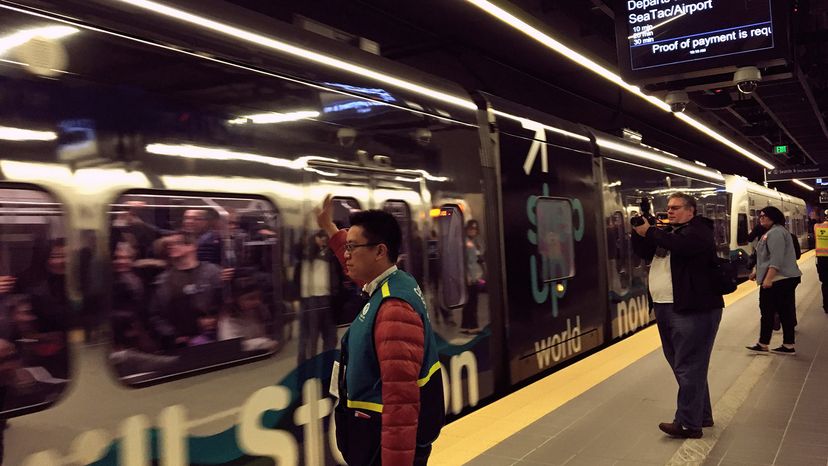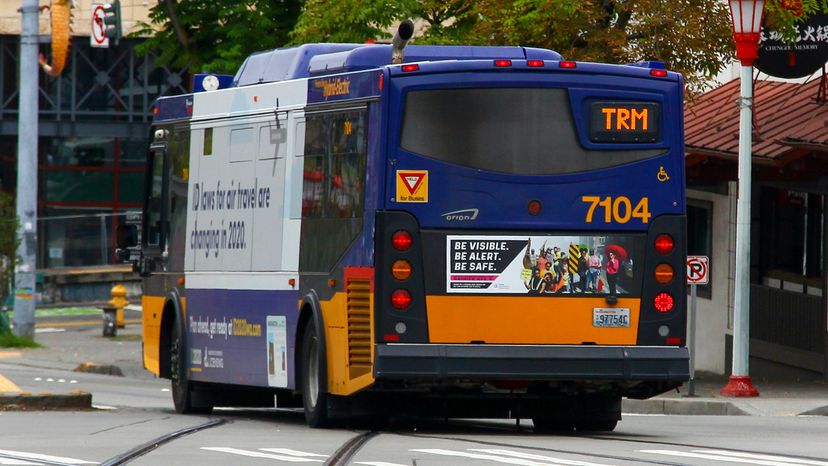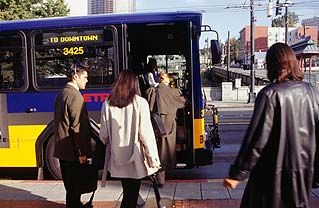Now to those rankings. The WalletHub study included 100 cities, which were measured across 17 metrics in three key areas of accessibility and convenience, safety and reliability, and resources. These metrics were weighted, since WalletHub doesn't consider them all to be of equal importance.
It's a long list of factors, including average commute time for transit users, how that commute time compares to the time of those who commute by vehicle, percentage of jobs in proximity to the transit network, transit cost as a percentage of users' household income, airport accessibility, incidences of security issues, how much of the city is accessible by the transit network, and whether or not transit users actually prefer that type of commute. The city is evaluated based on the public transportation network within its official boundaries, and nearby metro areas are excluded.
Cities with the Best Public Transportation
- Seattle
- Boston
- San Francisco
- Washington, D.C.
- Madison, Wisconsin
Cities with the Worst Public Transportation
- New Orleans
- Charlotte, North Carolina
- Tampa, Florida
- St. Petersburg, Florida
- Indianapolis, Indiana
Of course, it didn't take long after publication for WalletHub's online comments section to fill up with readers who took certain cities' rankings a little too personally. That's where WalletHub's study methodology comes in.
"The methodology was developed by WalletHub analysts in conjunction with academic experts. The metrics were chosen based on their relevance, as well as availability of data," Gonzalez explains. "This is a study, not a survey, so only objective data points, rather than opinions, were included. Our analysis is based on data from mostly government-backed sources, such as the census bureau, the American Public Transportation Association, and the Federal Transit Administration.
"Everyone lives in a bubble," Gonzalez says. "If you've only commuted in one city, you probably think it has the worst transportation. It can be eye-opening to realize that you might have it better than residents in other cities, or of course, vice versa."
When it comes to evaluating different cities' public transit networks, Chitwood suggests that a one-size-fits-all approach might not necessarily be helpful. "Transit is different in a lot of different communities and how people implement their positions on transit is going to be unique to their community and to their city," he says.
Gonzalez says that, regardless of a city's current study ranking, the information is useful for everyone.
"Cities can now have a better understanding of their public transport situation, and what they can do to improve it," Gonzalez says. "These rankings should help cities see what their strengths and weaknesses are, so that they may provide their residents with accessible and reliable transportation during their daily commutes."



